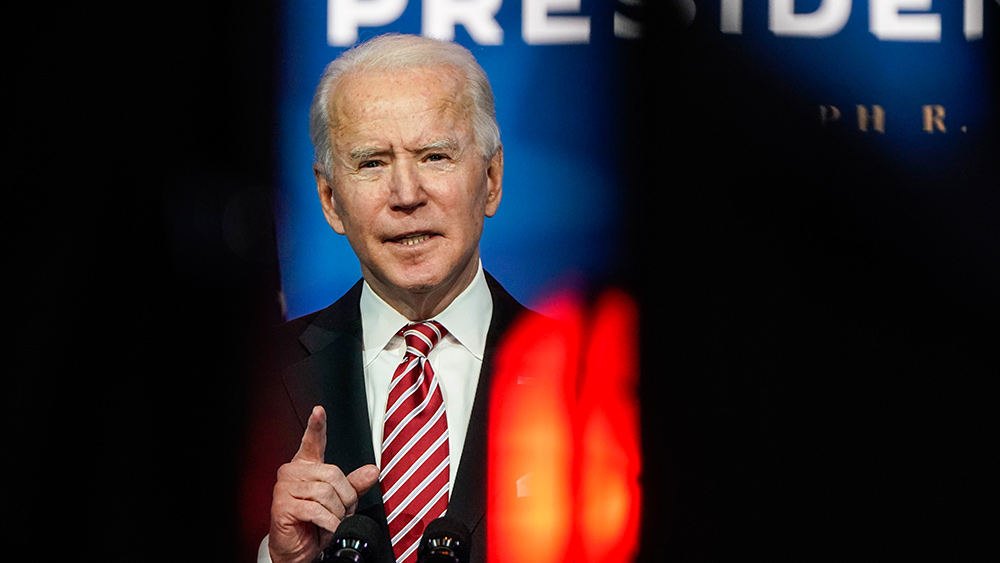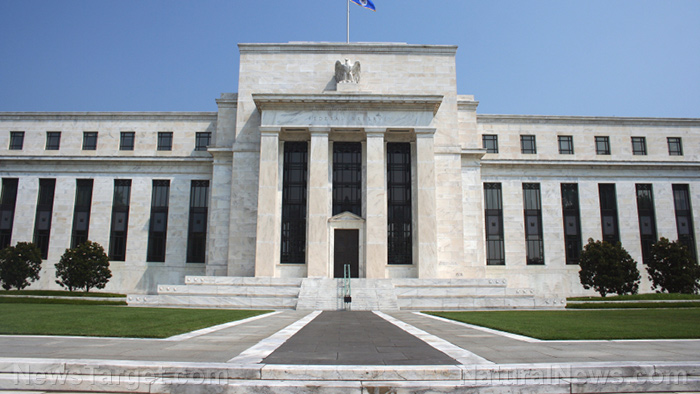China’s economy is beating the world even with the coronavirus
01/29/2021 / By Franz Walker

When the Wuhan coronavirus (COVID-19) pandemic broke out in China early last year, many expected the world’s second-largest economy to take a hit, especially after other countries started putting restrictions on travel from China. But the opposite has happened, economists say that China is now set to report a gross domestic product (GDP) increase of 2.1 percent in 2020.
According to a Bloomberg survey of economists, China is the only major economy to have avoided a contraction during the pandemic. In contrast, China’s share of the world economy rose at its fastest pace yet this century.
The world’s economic output fell by 4.2 percent last year, according to the World Bank. This has pushed China’s share of it to 14.5 percent at 2010 dollar prices.
China’s economy had a head start on pandemic recovery
While China closed down quickly, being the initial epicenter of the COVID-19 pandemic, it was also the first country to reopen. This gave its economy a head start on recovery.
During the second quarter of 2020, when most countries were in the thick of quarantines and the first big wave of the virus, cities in China were already emerging from lockdown and factories were resuming production.
After recording a year-on-year contraction of 6.8 percent in the first quarter of 2020, China’s economy made a quick U-turn, posting 3.2 percent growth in the second quarter. This was followed by a surge to 4.9 percent during the third quarter.
China’s economic uptick in 202 was fueled by demand for pandemic-related products. During the first half of the year alone, medical device exports soared by 46 percent; textile exports, which include face masks, jumped 32 percent and notebook computer exports by 9.1 percent, the latter reflecting a global shift to remote work and schooling.
China to overtake US economy by 2028
China’s growth is something that many experts expect to continue this year, with economists expecting its GDP to expand by 8.2 percent in 2021.
Should this continue, China would now be on course to pass the U.S. as the world’s biggest economy in 2028, according to Homi Kharas, deputy director for the global economy and development program at the Brookings Institution. Prior to this, China’s economy was not expected to surpass America’s until at least 2030.
This enhanced role for China in a post-pandemic world has also increased the urgency of debate among the rest of the world on how to engage with Beijing.
While President Donald Trump’s administration levied tariffs and curbed access to technologies, other countries have sought closer trade and investment ties. This has allowed it to deepen its economic ties within Asia and Europe even as it looks to domestic consumption to power its next phase of growth. (Related: Facebook, Twitter and Big Tech make their money in China.)
In November, fifteen Asian countries including China signed the Regional Comprehensive Economic Partnership pact which seeks to reduce trade barriers in the region. Meanwhile, in December, the E.U. and China agreed on a comprehensive investment deal.
This past week, Chinese President Xi Jinping said that “time and the situation” were on the country’s side in a new year where domestic turmoil is rocking America.
According to Ka Zeng, director of Asian studies at the University of Arkansas, the pandemic could help China “solidify its position in the global economy.” Zeng says that companies in both the U.S. and in Europe are likely to focus more on China due to its potential to be “the only large source of growth in the post-pandemic world.”
Follow CommunistChina.news for the latest news on China’s economy and more.
Sources include:
Tagged Under: business, China, coronavirus, covid-19, economics, economy, finance, growth, pandemic, recovery
RECENT NEWS & ARTICLES
COPYRIGHT © 2017 NATIONAL DEBT NEWS




















